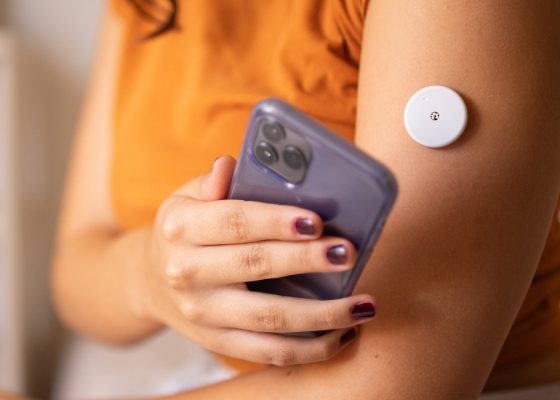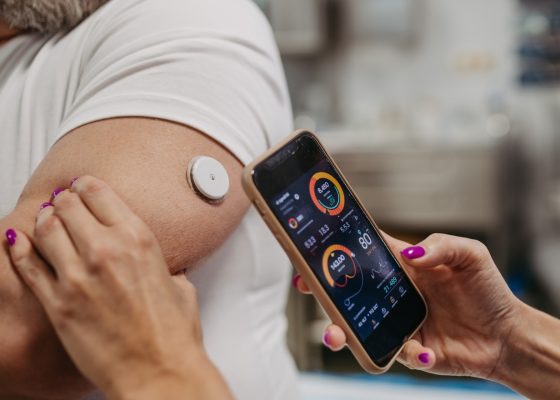If we’re serious about closing the health gap, this would be a (another) good place to start.
Expanding access to continuous glucose monitors for all Aboriginal and Torres Strait Islander people could help reduce rates of hospitalisation and deaths due to diabetes, according to the Aboriginal Medical Services Alliance NT.
Presenting at today’s public hearing for the federal Inquiry into Diabetes, AMSANT representative and public health registrar Dr Ruwani Peiris said there was a “really good case” for extending CGM eligibility requirements for all Indigenous Australians, particularly with regards to the government’s commitment to Closing the Gap.
“There is a huge capacity to benefit Aboriginal people. It would provide equal lifetime experience for health compared to the non-Aboriginal population by preventing early onset to complications of diabetes,” Dr Peiris said.
“The age of [diabetes] diagnosis is overall younger in Aboriginal people so the burden of disease is extremely high, [and] we’re looking at preventing progression of extreme diabetes complications that we’re seeing at the moment, reducing rates of dialysis and foot amputations.
“We know CGMs provide an opportunity to reduce your HBA1C, and there’s some qualitative evidence that shows that compliance might go up, especially [for] young people who like to feel more in control of their diabetes.”
The FDA recently confirmed its approval of the first over-the-counter CGM, the Dexcom Stelo Glucose Biosensor System, for anyone aged 18 years and older who does not use insulin. In Australia CGMs are only subsidised for type 1 diabetes patients, and GPs can only prescribe them to veterans.
Presenting previously before the federal diabetes inquiry, the DoHAC confirmed MSAC would recommence its cost-effectiveness analysis of expanding CGM subsidies for both type 1 and 2 diabetes, with current estimates suggesting the expansion could cost more than $1 billion dollars.



